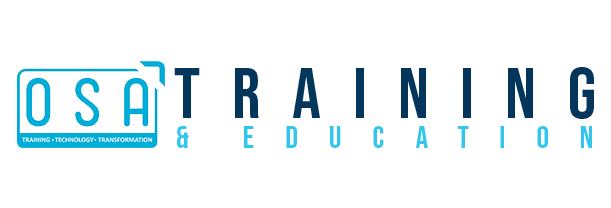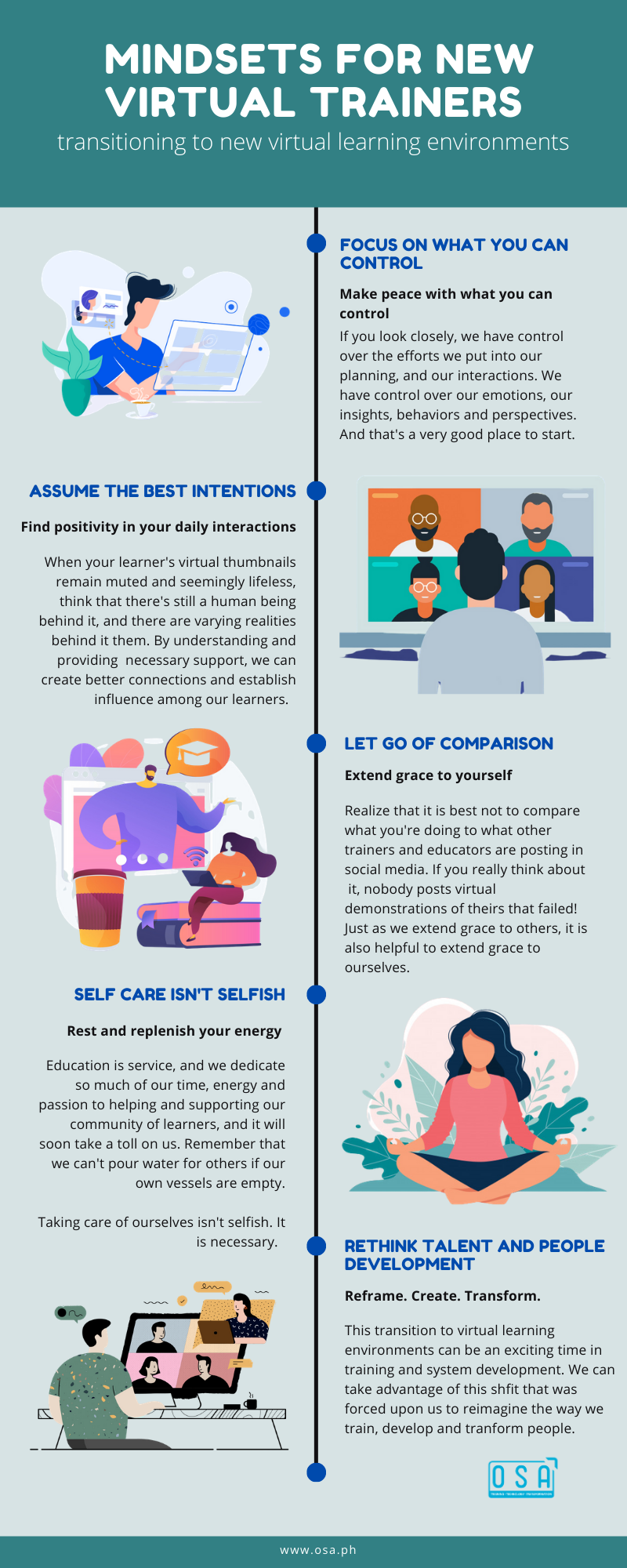In a virtual team, it is important to ensure that members do not feel isolated. Overcommunication is often better than miscommunication when in a virtual team. By incorporating activities on a daily, weekly, monthly, quarterly, and yearly basis, a leader can increase motivation, engagement, productivity, and quality of results.
We have compiled 10 activities to try in your virtual teams.

- SILENT BRAINSTORMING
Virtual meetings can be a challenge when there are members who have ideas but are not interacting during a discussion. In order to get everyone participating, try breaking up the group to breakout sessions. Assign questions for the team members to think about. Give them a collaboration tool like MIRO or Mural and have them freely type their thoughts on the app. This is called silent brainstorming. This ensures that all ideas are shared and properly documented. - FRIDAY UPDATES
Create a culture of accountability by having a “Friday Update” meeting. You can change the day depending on the schedule that fits the best for the entire team. Have each member share the things that they have been working on or have accomplished for that week.
If there are schedule conflicts and setting one day a week can be challenging, you can use SLACK or your collaboration/communication tool to share what they are working on.
Consistency is the key. If the team members know that work will be shared in a meeting or via SLACK every Friday, they will make sure they have something to show. Getting things done is the by product of trust. To earn trust, they would have to share their work each week. - Avoid Burnout by having group sharing spaces.
Assign or name a group chat into something like “Watercooler” or anything that will give the team members an idea that this is where they can talk about non-work related matters. Share funny memes, or anything that peak’s their interest. The point is that the team must have an outlet to talk about non-work related things. - Increase connection by having weekly or monthly hangouts.
Set a theme for the hangout. It could be about sharing talents, doing demonstrations, or interviews to get to know each team member more. The hangouts are a chance to say “Hi” to folks. It could also be a chance to learn something new, whether this is about a colleague or a skill that a colleague shared or demonstrated. - Have a gratitude activity as a daily ritual.
Daily team connection rituals are vital. Most of the effective leaders insist on starting the day with a gratitude journal. If you are using SLACK, tell everyone to spend their first 5 minutes to share one thing that they are grateful for. It could be a cup of coffee, their pet, or even the sound of their alarm clock. Have them post emotion-filled messages. - All Hands Gathering: The Awesomeness Report
Vishen Lakhiani shared in his book, The Buddha and the Badass the importance of celebrating wins. Make this meeting a time to share updates, celebrate new or broken records, ideas, and team achievements. Here’s a sample agenda from the book:
1. Share customer stories and press articles
2. Visit each Quarterly goal and report on any possible wins
3. Share new records broken
4. Recognize individuals who contributed to the past week’s successes
5. Recognize new hires who joined the team (or the company)
6. Share updates on HR and new initiatives for employees
7. Close with a message or insight
7. Increase FUN and INTERACTION by having mini virtual contests.
Make everyone a STAR! You can try out a “Best Picture Contest”, “Best Acting”, “Cleanest Workstation”. Encourage every team member to submit their photo for a contest. This is one way of getting to know colleagues through the photos they submit. Make sure to reward them. It could be as simple as recognizing a winner. If there is a budget, give a reward that would motivate the team to participate more.
8. Make every meeting an opportunity to connect.
Before starting a meeting, ask personal questions. It could be as simple as “What do you see outside your window?”, “What was the last movie you saw?” The more the team members share, the more connected they will feel.
9. Are they ready for Meditation and Mindfulness?
There is ample science to show that by meditating daily, even for short periods of time, results in people making better decisions. As a virtual leader, remind them of the important of meditation and mindfulness. Nothing should be enforced. But instead, there should be opportunities given for people to learn new personal wellness techniques.
10. The regular 1×1 session
Don’t miss out on your 1×1 session with the team members. Before talking about performance, ask them about what they want to experience, how they want to grow, and how they want to contribute to the world.
One of the Managers from your Stream has expressed the need for a “Time Management” workshop for his associates, analysts and supervisors, comprising of 36 FTE’s. It has become a standard for team members to extend their work hours while complaining that people on the other shift are not pulling their weight. Each shift seems defensive and thinks that they are working harder than the other.
The team is experiencing delays in turn-around time. Errors, re-work and customer complaints have gone up. Finger-pointing has become a norm. Some have expressed that they feel over-stretched.
The Manager wants his team to work “smarter,” not harder,” hence, the request for a “Time Management” workshop. He believes that the workload is realistic. The Manager does not want to upset the team members by changing their schedules and rotating their team assignments.
As a learning professional, how will you move forward with this request? What will be your next step? How will you approach the situation? What will you recommend?
As a group, provide a response for each of the following:
- How will you respond to the manager?
- What factors will you consider?
- What will be your next step?
- Summarize your recommendations


